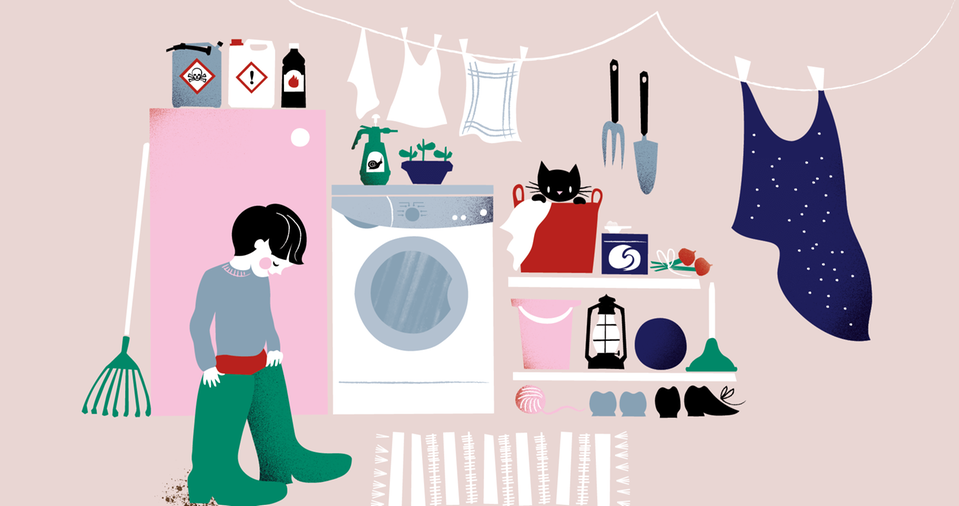
Common accidents with chemicals
Content:
Severe poisoning in children is uncommon, and deaths are rare. However, there are chemical products that can pose a risk of severe health effects even if the child ingests a very small amount or gets splashes in the eyes.
Vinegar, drain cleaner and other corrosive products
Corrosive products are examples of chemical products that pose a risk of serious health effects, such as 24% vinegar or drain cleaner. Accidents with these products are the most common reason why children need to be cared for in hospital due to exposure to chemicals.
Lamp oil and lighter fluid
It also happens that children ingest lamp oil from ornamental oil lamps that have been left in a place accessible to children, or that they ingest lighter fluid in connection with charcoal grilling. If a child ingests lamp oil, lighter fluid or similar products, it can easily enter the airways. Small amounts are enough to cause breathing difficulties in children. So-called chemical pneumonia may develop later on after exposure.
Button cell batteries
Of all the calls that the Swedish Poisons Information Centre receives about children and chemicals, batteries are the most common reason why parents are advised to seek medical attention. Button cell batteries, which can be found in, for example, greeting cards with sound features, flashing toys, thermometers and watches, can cause severe injury if a child swallows a battery and it gets stuck in the oesophagus or gastrointestinal tract. If the battery gets stuck, an electrical circuit can form, which can cause severe injury to the mucous membranes.
In case of accident
Call 112 and request Poisons Information if someone has ingested a substance that can be hazardous to health or if someone gets such a substance on their skin.
Read more about chemical products here

